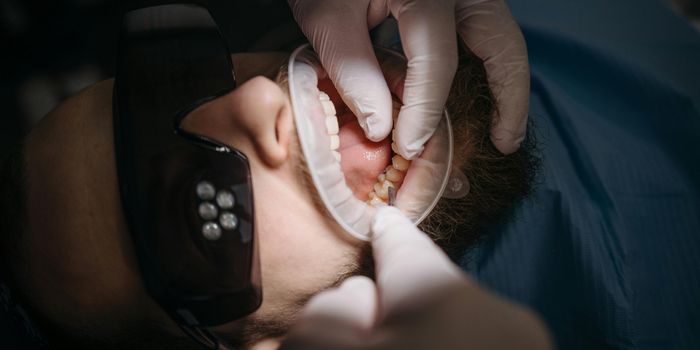Neurological Benefits of Phytocannabinoids
The most commonly studied extracts of cannabis sativa are cannabidiol (CBD) and delta-9-tetrahydrocannabinol (THC). These are also called phytocannabinoids because they are naturally occurring in the plant. Endocannabinoids are naturally occurring in the human body and are part of the Endocannabinoid System (ECS). As we learn more about the ECS and endocannabinoids, there are more and more studies being done to evaluate the neurological benefits and side effects of phytocannabinoids which utilize and affect the ECS.
Researchers from the University of Pittsburg Medical Center published a review of the neurological benefits of phytocannabinoids recently in the Surgical Neurology International journal. They found that treatment with phytocannabinoids is being done on patients with malignant brain tumors, Parkinson’s disease, Alzheimer’s disease, multiple sclerosis, neuropathic pain, and childhood seizure disorders like Lennox-Gastout and Dravet syndromes. They also found studies using cannabinoids to treat some psychiatric disorders, anxiety, depression, addiction, post-concussion syndrome, and post-traumatic stress disorders (PTSD).
Since the discovery of the ECS in the 1990s by a group in Israel, including Lumir Hanus and Raphael Mechoulam, there has been increased interest in the value and science of cannabis, extracts, and the ECS on human health and disease. In one book, published on the subject, there are 27 listed conditions or diseases where triggering of the ECS has had physiological benefit for the patient related to their disease. The list includes ailments like: emesis, pain, inflammation, panic, and anxiety; also included are diagnoses including: multiple sclerosis (MS), autism, PTSD, epilepsy, glaucoma, schizophrenia, cardiovascular disorders, ischemia, cancer, obesity, anorexia, Parkinson’s disease, Huntington’s disease, Tourette’s syndrome, prion diseases and psychosis.
The cannabis plant is comprised of hundreds of compounds with more than 60 being phytocannabinoids. These work uniquely with our endogenous ECS, either individually or in combination. This is why some synthetic cannabinoids have vastly different effects than phytocannabinoids or delivery methods that utilize the plant components together for treatment.
CBD has been found to positively affect neuroinflammation; it works with the cannabinoid receptor type 2 (CB2) pathway to decrease pro-inflammatory cytokines and mediators. It also slows microglial cell migration. It can stimulate increased neuro-plasticity and facilitates new neurological cell growth to increase brain-derived neurotropic factor (BDNF). It is these cellular changes which are speculated to be the reason for its positive effects on mediating and improving psychosomatic behaviors like anxiety or depression.
Cannabinoids are neuroprotective against the processes involved in neural cell damage as a result of overstimulation. In neurodegenerative diseases, like Alzheimer’s disease (AD), that brain cell damage causes increased inflammation which helps to promote disease progression.
The autoimmune disease MS is a result of neurological changes from neuroinflammation and demyelination in conjunction with neurodegeneration. These pathological changes are also found in AD, which benefit from compounds that target the ECS.
Some of these findings are not necessarily new. Back in 2014, the authors found that the American Academy of Neurology completed a review of studies using medical marijuana for clinical benefits for neurological disease or symptoms; there was strong support for use of medical cannabis or cannabinoids at that time to mitigate pain or other symptoms related to spasticity. As medical marijuana benefits become more widely known and are more often studied, the potential for increased acceptance and decreased stigmatization is high for more conditions.
Sources: Surgical Neurology International, Handbook of Cannabis and Related Pathologies, Leafly, British Journal of Pharmacology,









